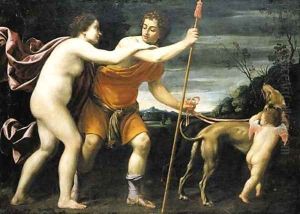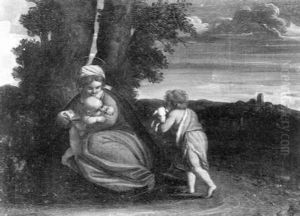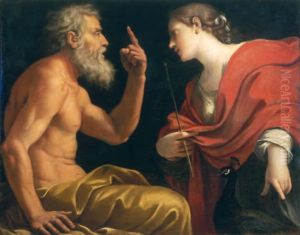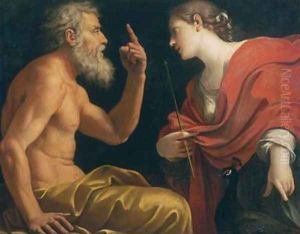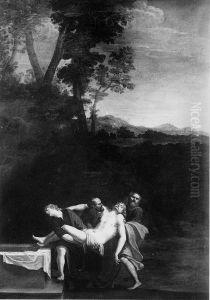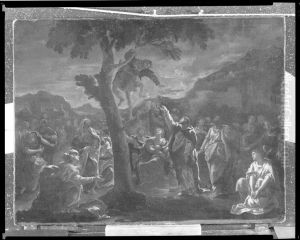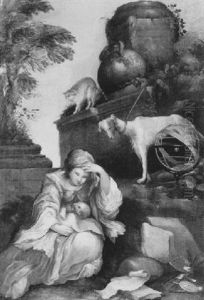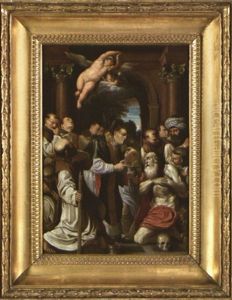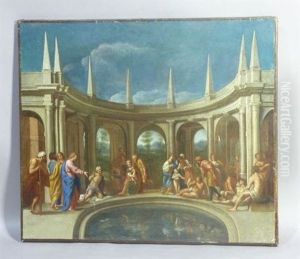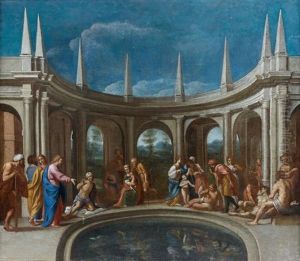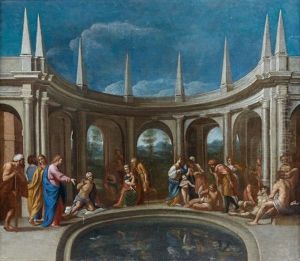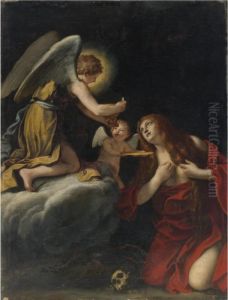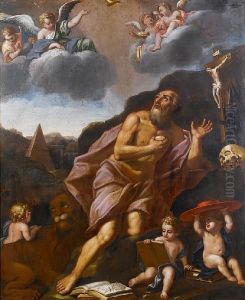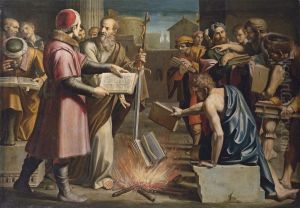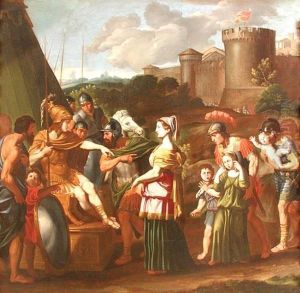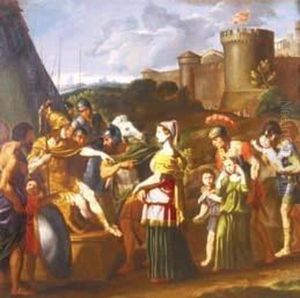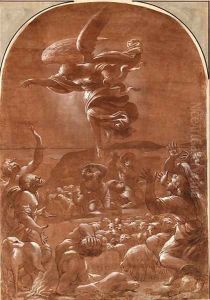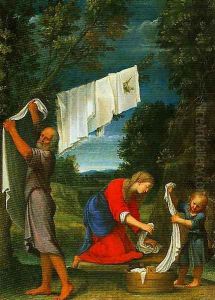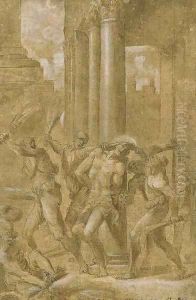Lucio Massari Paintings
Lucio Massari was an Italian painter of the late-Renaissance period, also known as the Mannerist era, active mainly in his hometown of Bologna, Italy. Born in 1569, Massari was influenced by the Carracci family, who were prominent figures in the Bolognese School of painting and were known for their role in the development of Baroque art.
Massari's style was characterized by a blend of Mannerist and early Baroque elements, with a focus on dynamic compositions, elegant figures, and a vivid use of color. He was particularly adept at religious subjects and often painted altarpieces, frescoes, and devotional paintings for local churches. Massari's work reflects the transition in art styles from the highly stylized Mannerism to the more naturalistic approach of the Baroque period.
Throughout his career, Massari received numerous commissions from religious institutions, which allowed him to collaborate with other artists and to contribute to the decoration of several important buildings in Bologna. Notably, he worked on the frescoes for the Chapel of the Rosary in the Basilica of San Domenico and painted for the church of San Michele in Bosco.
Despite his accomplishments, Lucio Massari is not as well-known as some of his contemporaries, such as the Carracci brothers or Guido Reni. However, his work remains an important part of the artistic heritage of the Bolognese School. Massari's legacy lives on in the collections of various art museums and in the churches for which he created his devotional works.
Lucio Massari passed away in 1633, leaving behind a body of work that continues to be studied and appreciated by art historians and enthusiasts for its contribution to the development of Baroque art in Italy.
